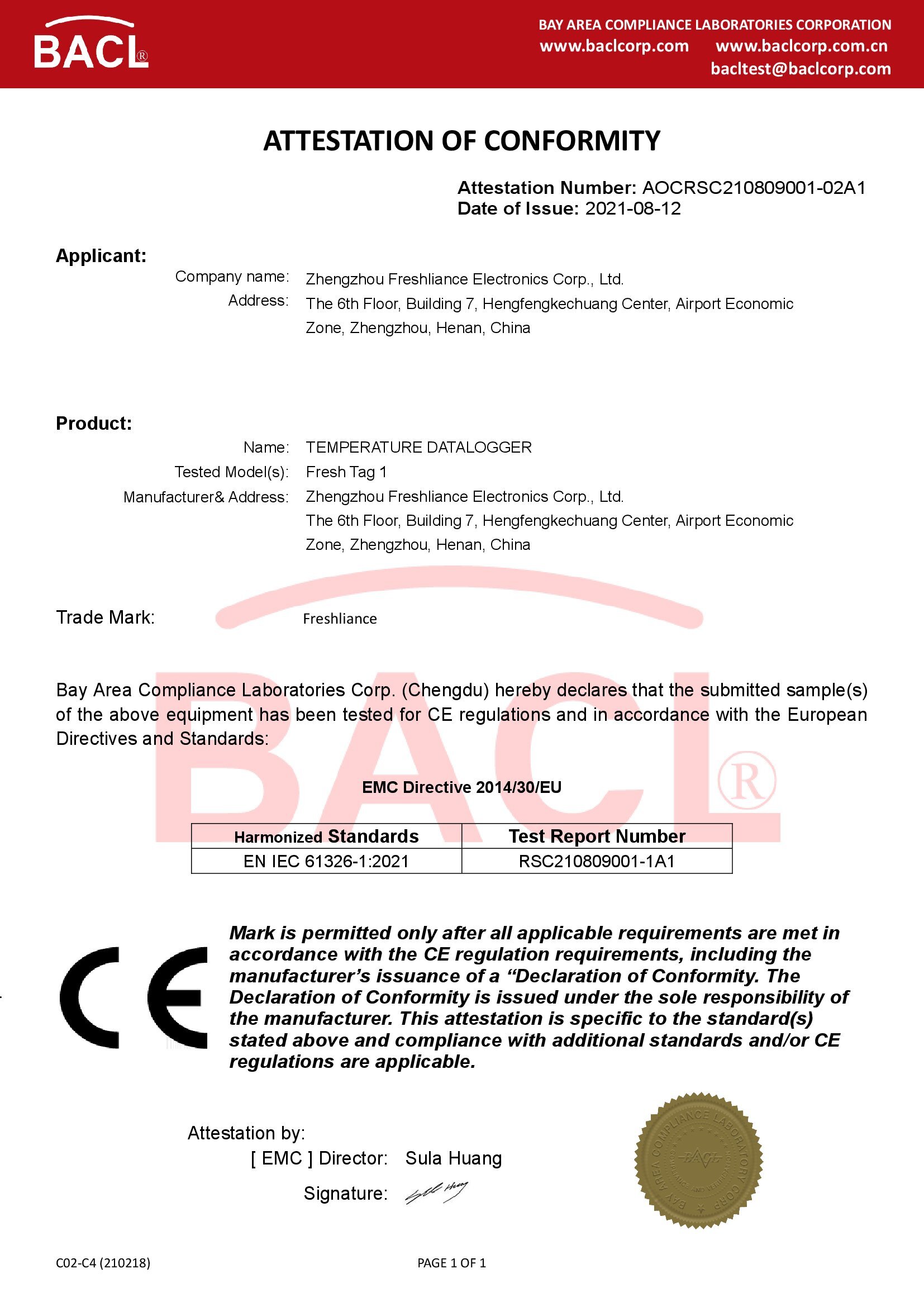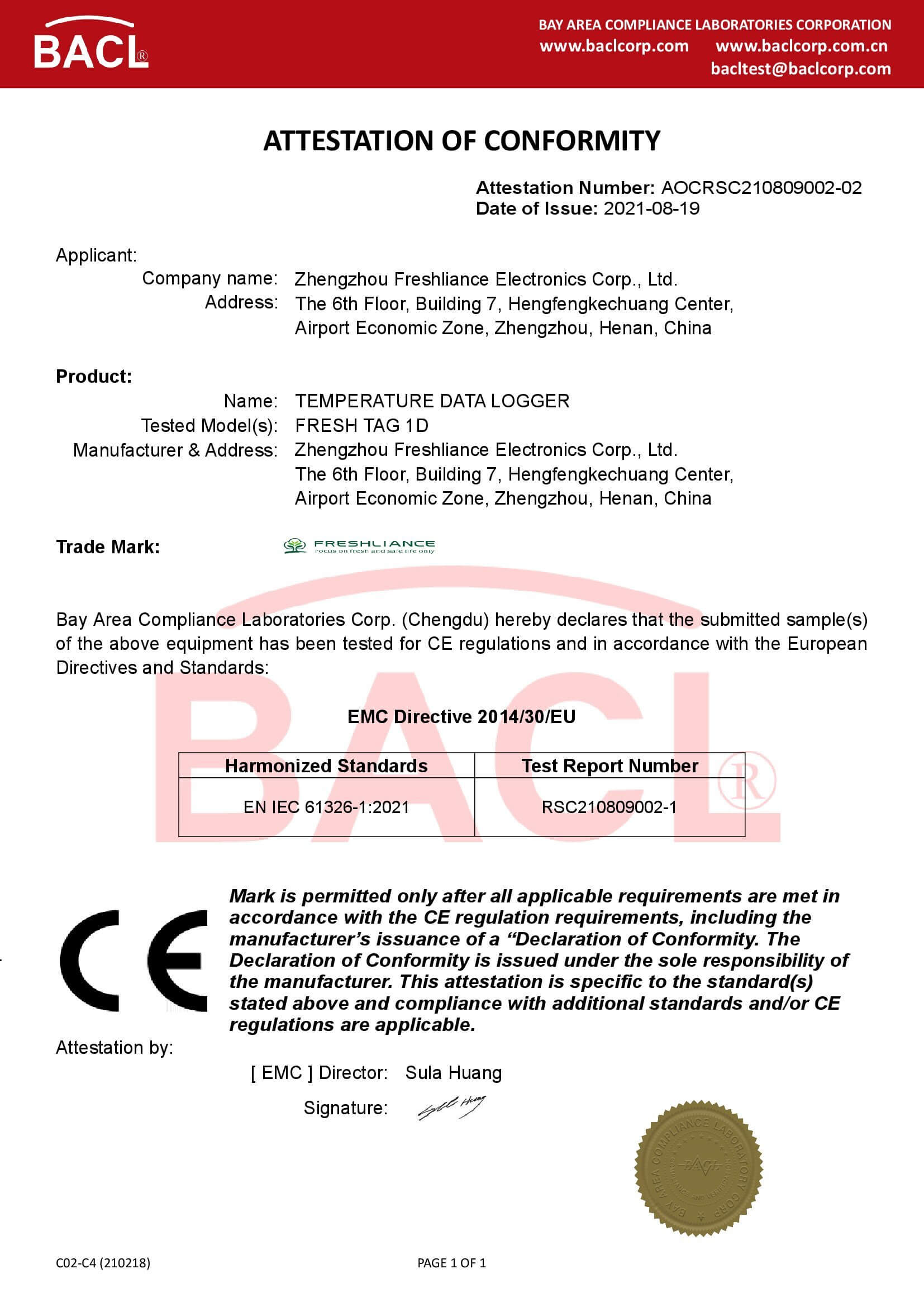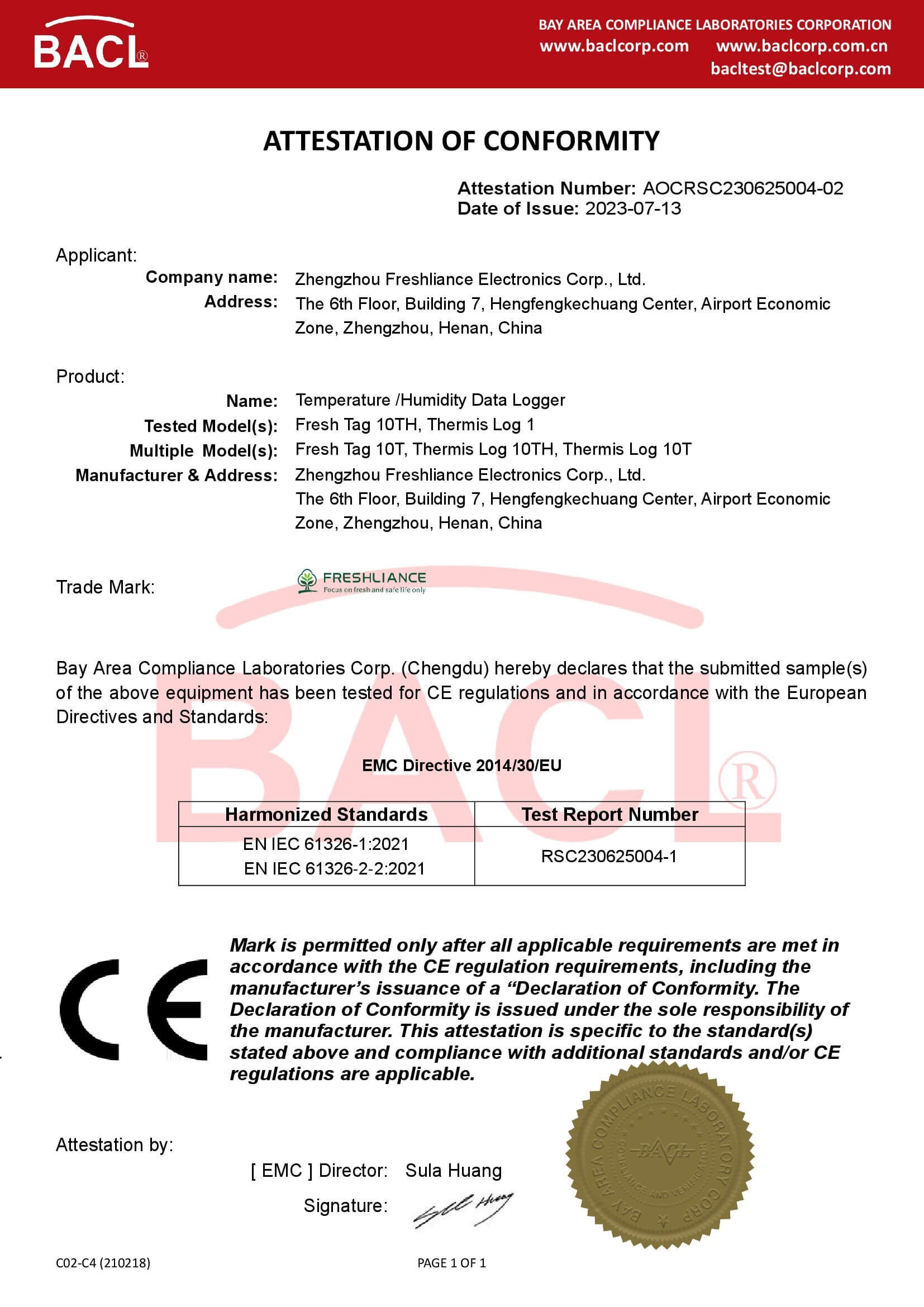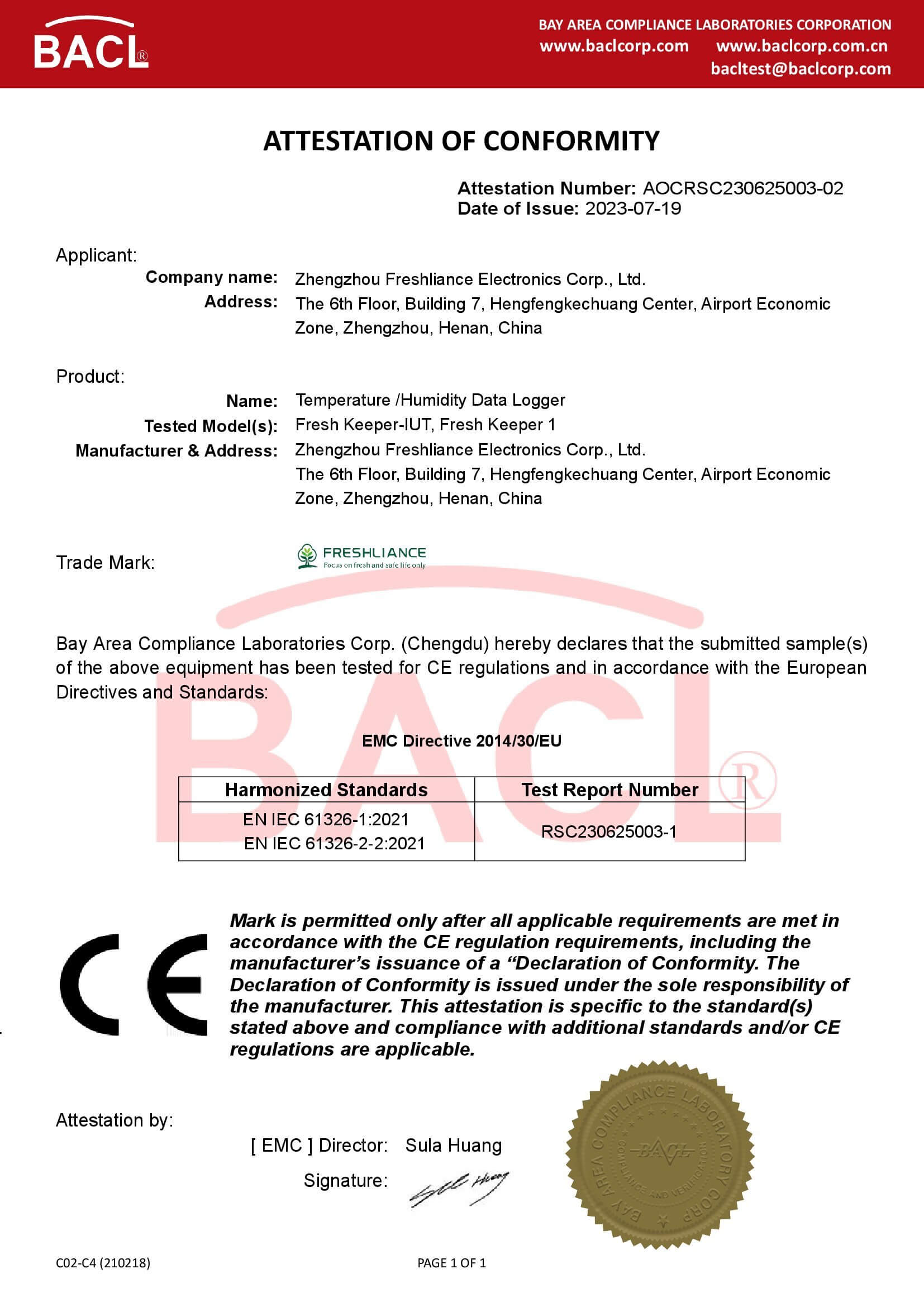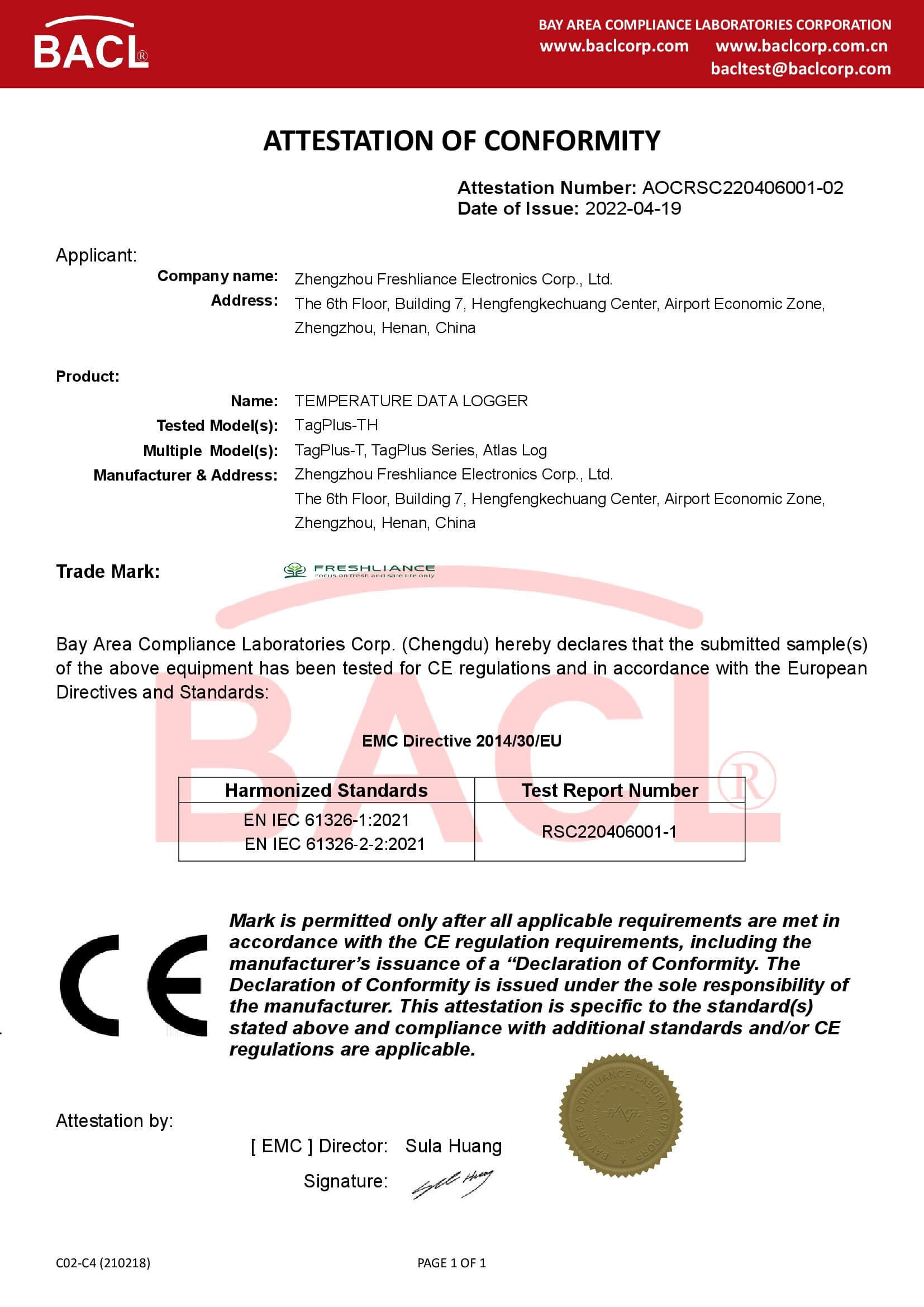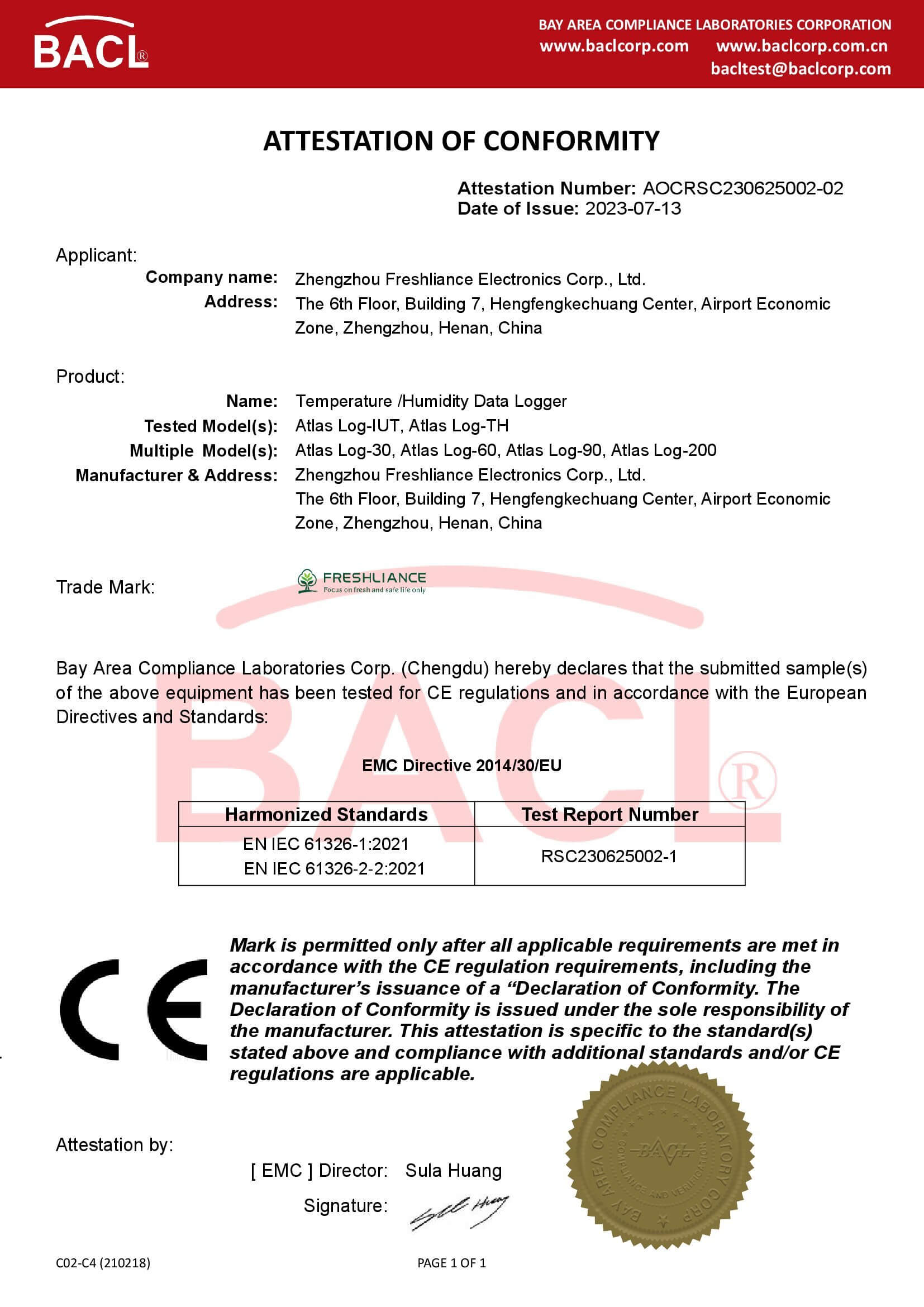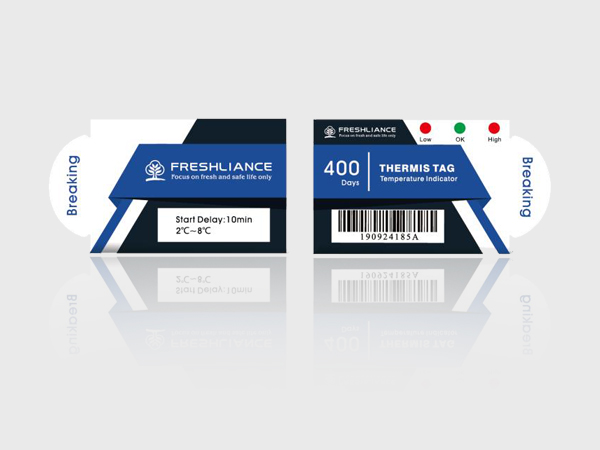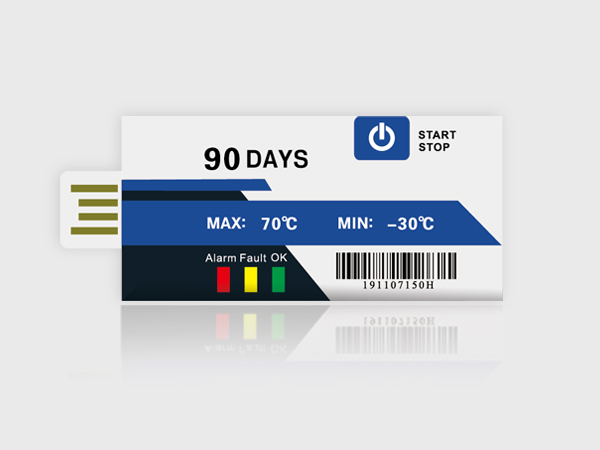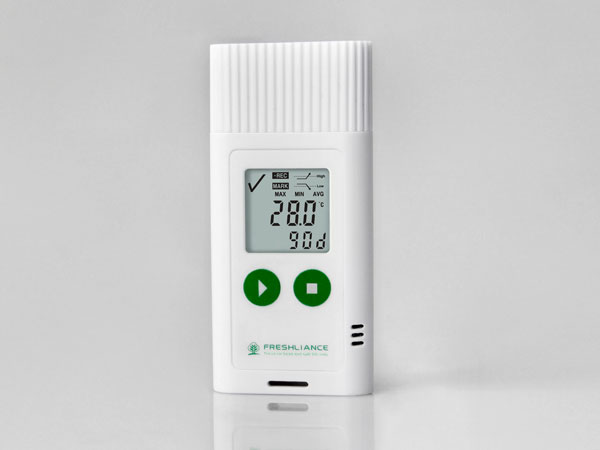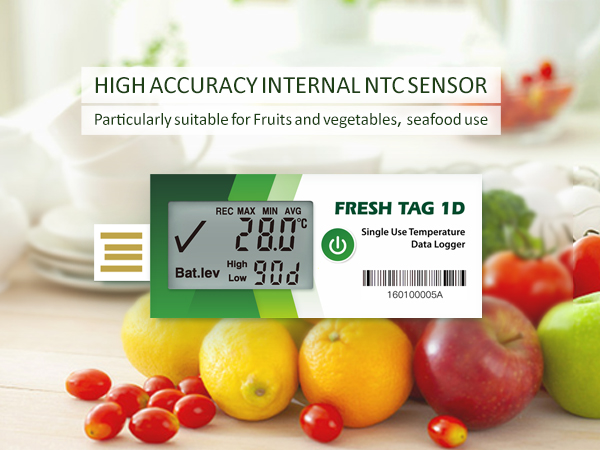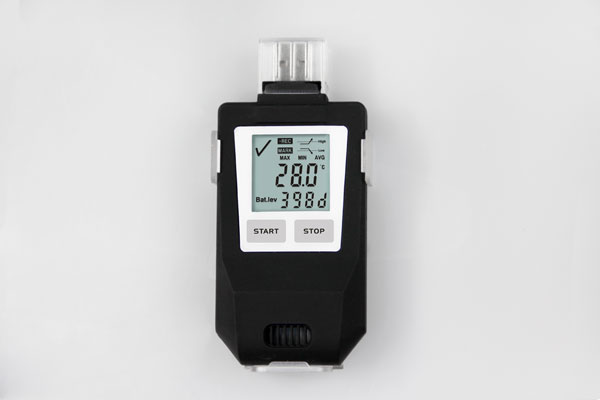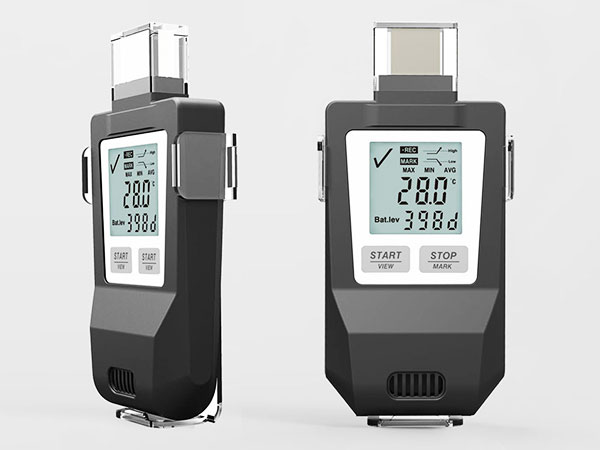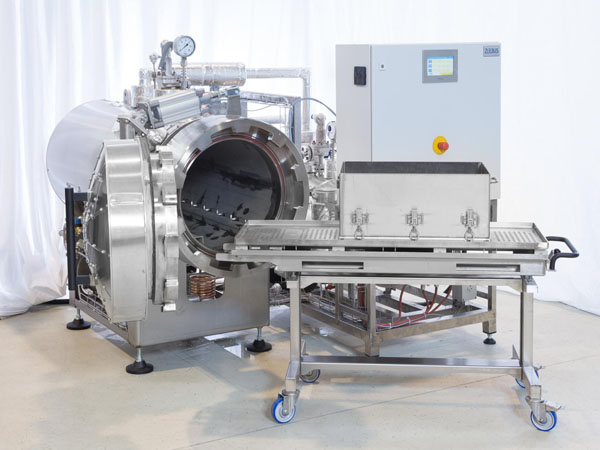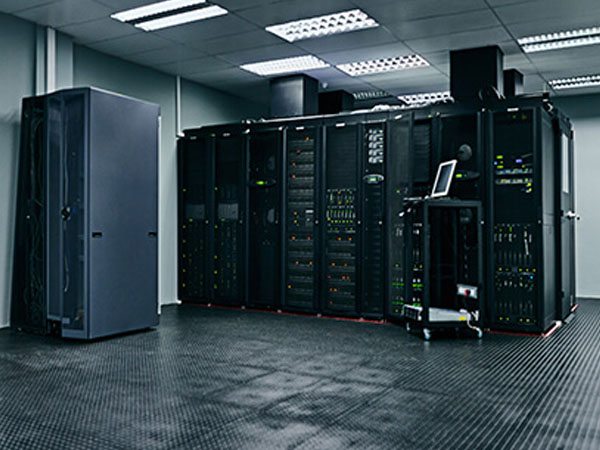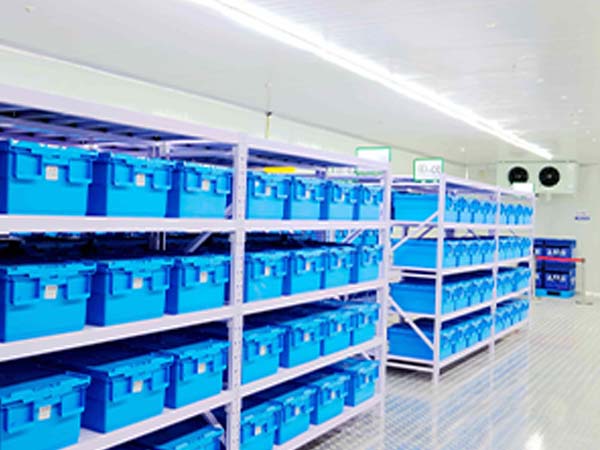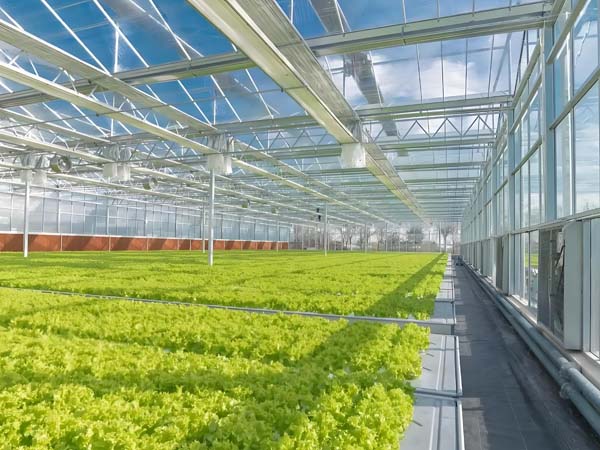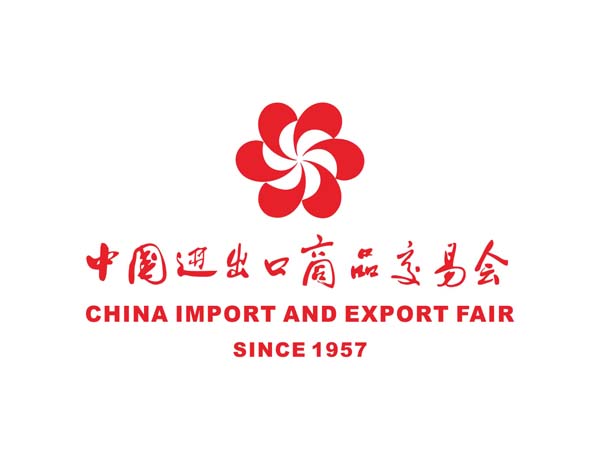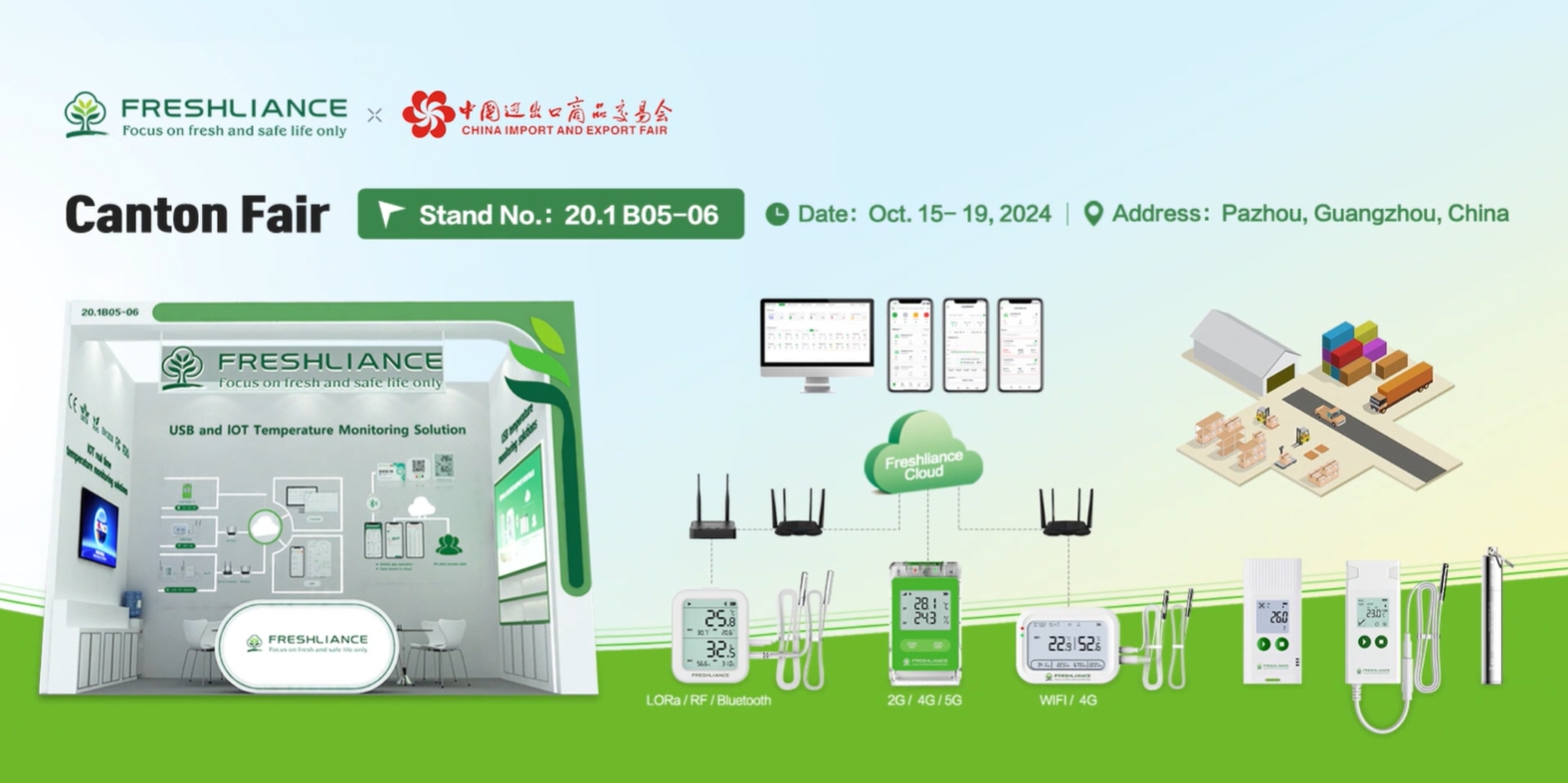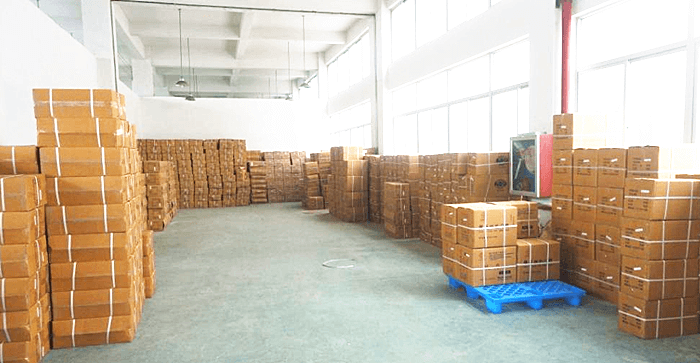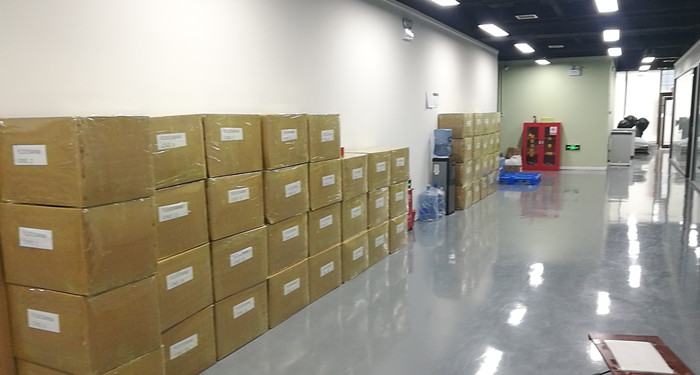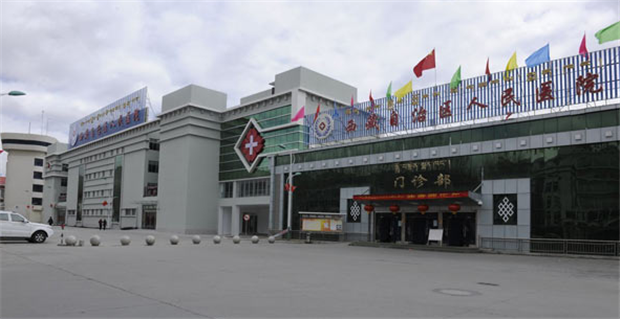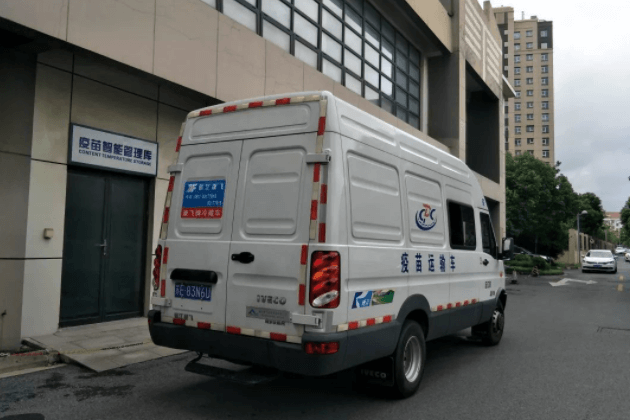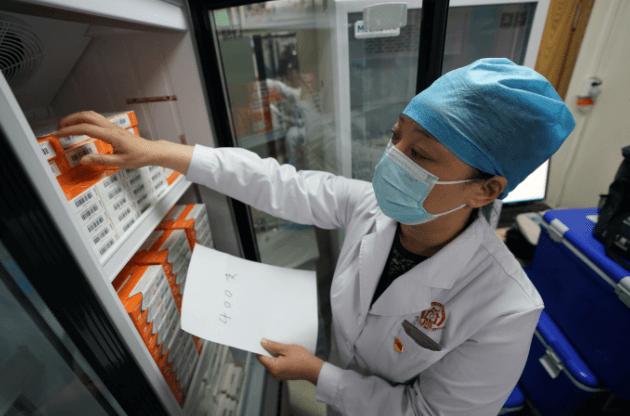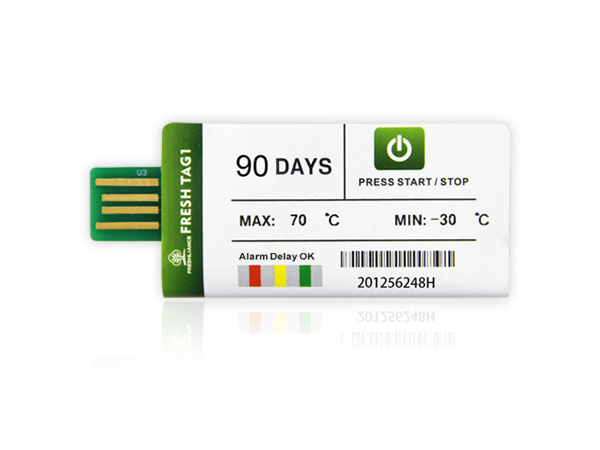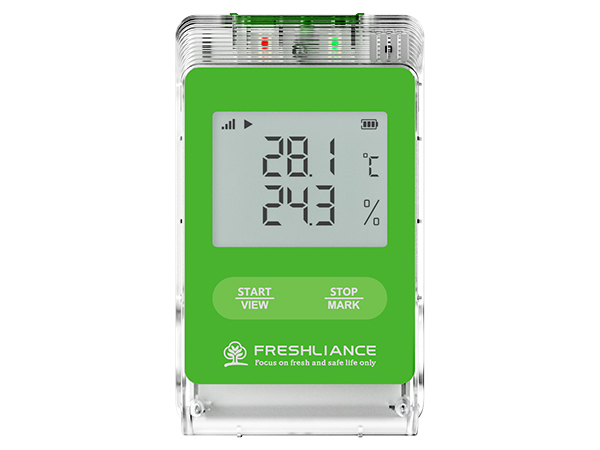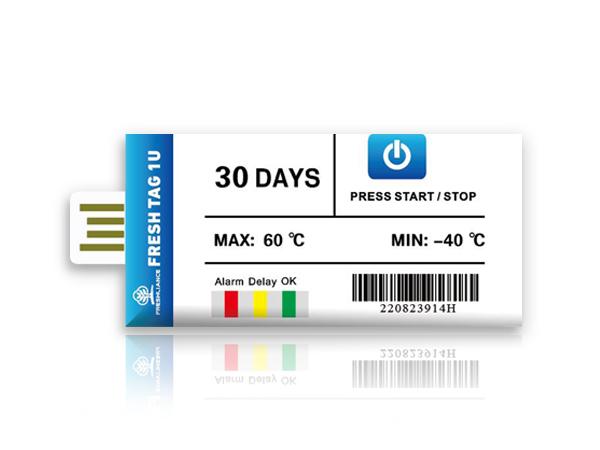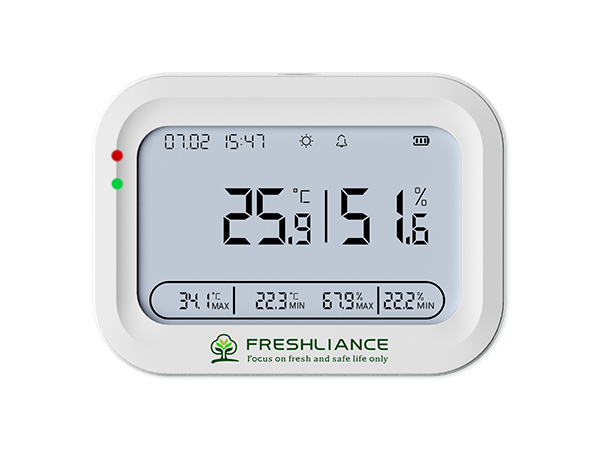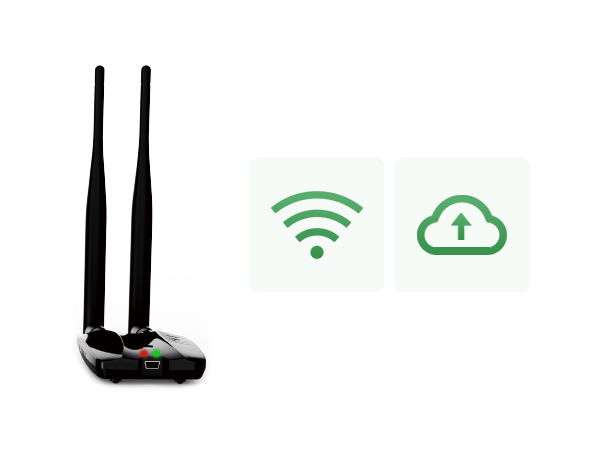Benefits of Cryogenic transport Multi-use liquid nitrogen temperature data logger
Dry shippers, also known as cryogenic shipping, LN2 shippers or liquid cylinder transport, are the coldest shipping solution available and maintains a temperature between -150°C and -196°C. Unlike dry ice shipments that only last for a couple of days, dry shippers can be maintained for up to 10 days, which offers a comprehensive solution for hospitals, laboratories, research institutions and donation centers.

Also, a cryogenic gas such as liquid carbon dioxide or liquid nitrogen can be used to achieve the required temperature during transportation, for both fresh and frozen food. Within the food industry, transport cooling is an important part of the cold-chain. Using the power of cryogen refrigerant like nitrogen (N2) or carbon dioxide (CO2) you can have solutions to your most challenging transportation requirements whether it is a fresh or frozen food. The key benefit of transport cryogenic is on demand portal cooling energy. You can have unsurpassable coolant power available to rapidly chill your transit shipment. The added value is portal clean power and a noiseless operation of the refrigeration system (sometimes an issue in residential areas) and the elimination of harmful chlorofluorocarbon (CFC) refrigerants.

Atlas Log-200 are multi-use, configurable, battery-replaceable temperature loggers with external probes featuring high-resolution temperature ranges of -200℃ to +200℃. Atlas Log temperature data logger is equipped with LCD screen, which can view real-time temperature data. Its capacity reaches Max. 35000 readings. Professional users can use the configuration software to configure parameters, and after completing the trip, an encrypted report can be automatically generated. Temporary mode allows the device to continue working after the user generates and reads a temporary report. This temperature data logger is designed for cold chain logistics, storage and transportation. It is an ideal solution for ultra-low temperature transportation and temperature monitoring that requires frequent temperature recording.

